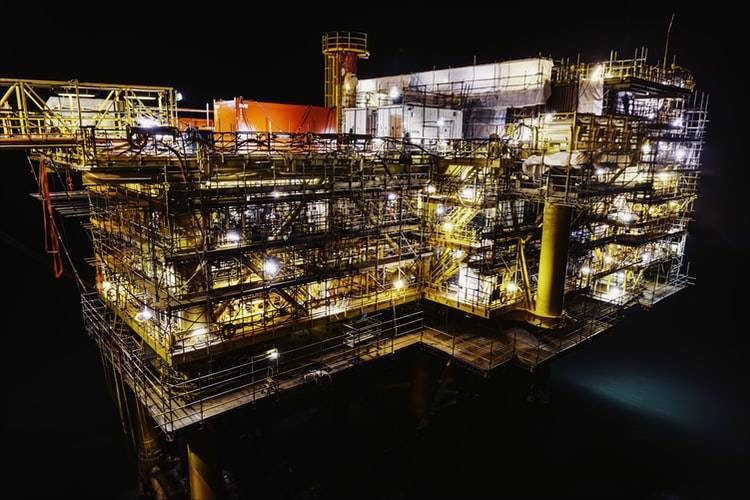Oil continued its gains on Friday, exceeding $72 per barrel for the first time since May 2019, as supply discipline within "OPEC+" and recovering demand helped alleviate concerns about uneven vaccination efforts worldwide. The Organization of the Petroleum Exporting Countries (OPEC) and its allies announced on Tuesday that they will adhere to agreed supply restrictions. A weekly supply report released on Thursday indicated that U.S. crude inventories fell more than anticipated last week.
Brent crude rose by 65 cents, or 0.9%, to $71.96 per barrel by 1:50 PM GMT, reaching an intraday high of $72.17, the highest level since May 2019. U.S. West Texas Intermediate crude gained 78 cents, or 1.1%, to $69.59, hitting a previous high of $69.76, the highest since October 2018.
Stephen Brennock from PVM Oil Associates stated, "It seems Brent has found a new position above $70." He added, "Summer and the reopening of the global economy are bullish factors for oil demand in the second half of the year."
Brent is on track to achieve weekly gains of over 3.2%, while U.S. crude is headed for an increase of 5%. This marks the second consecutive week of gains for both crude types. Commerzbank noted that "oil prices are benefiting from clear signals that demand is recovering robustly."
Factors contributing to this week's rise in oil prices include slowed negotiations between the United States and Iran regarding Tehran's nuclear program, reducing expectations for an increase in Iranian oil supplies.
Oil continued to climb after U.S. job figures showed non-farm jobs increased by 559,000 last month. The U.S. dollar weakened after the report, making oil cheaper for holders of other currencies and supporting oil prices. While increasing demand and the rapid pace of vaccinations in countries like the United States have bolstered oil prices, slow vaccination progress and rising infection numbers in countries such as Brazil and India are harming demand in high-growth energy markets.




